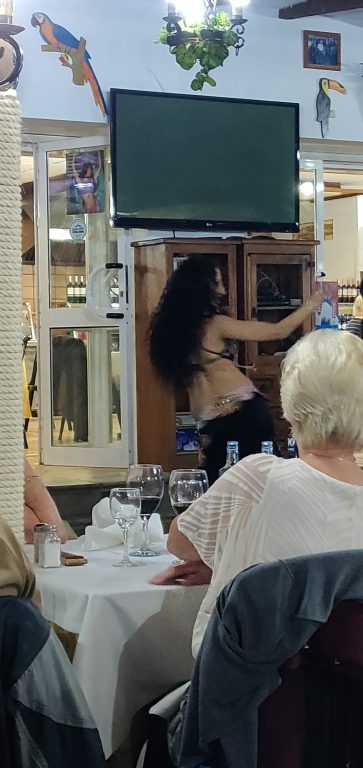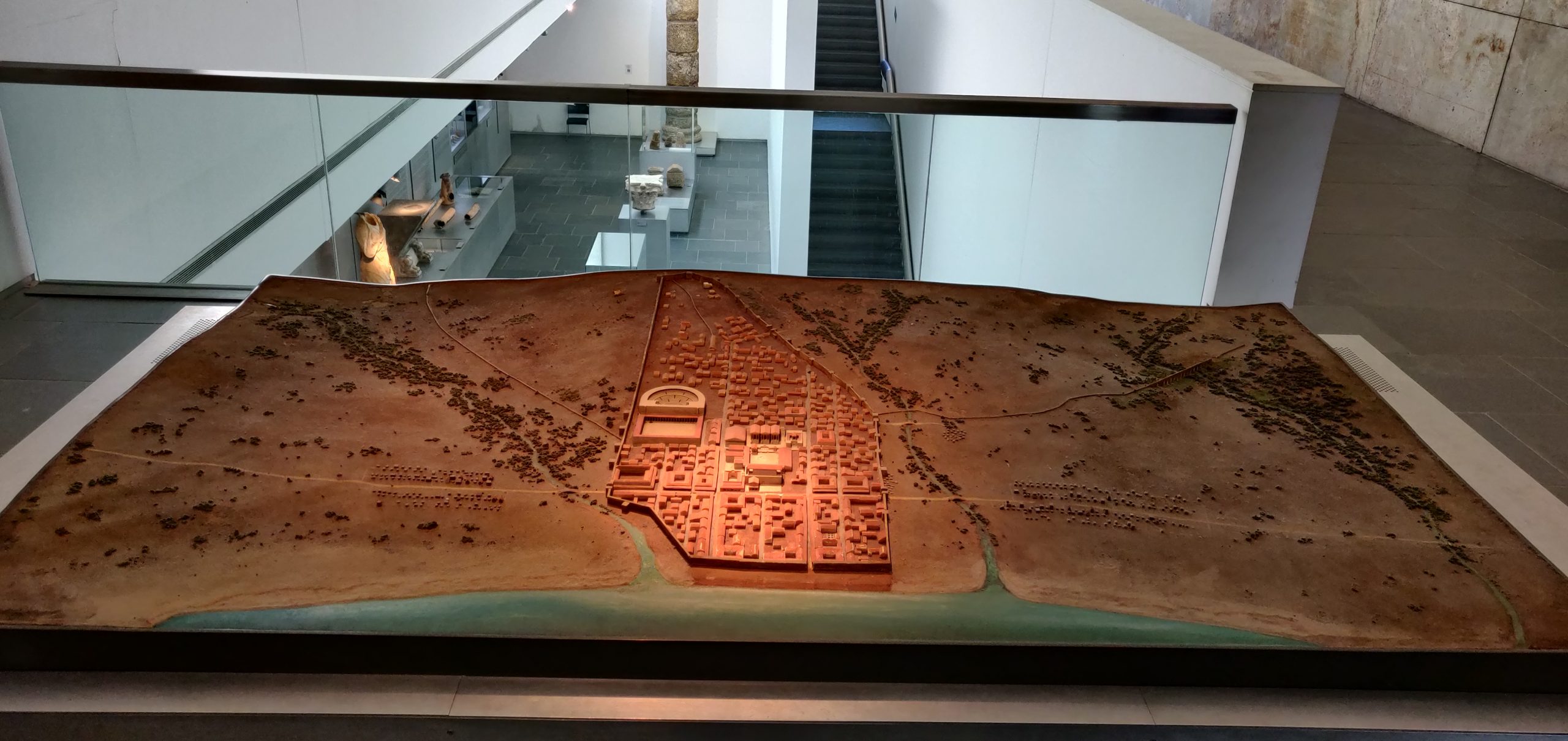The Roman exvacations at Baelo Claudia are located next to the town of Bolonia, some 60 minutes drive north along the coast.
Baelo Claudia is the name of the ancient Roman town, located 22 kilometres (14 mi) outside of Tarifa, near the village of Bolonia, in southern Spain. Lying on the shores of the Strait of Gibraltar, the town was originally a fishing village and trade link when it was settled some 2,000 years ago. Although prosperous at the time of Emperor Claudius, it went into a decline hastened by earthquakes and was abandoned by the 6th century.
Entry through the visitor centre reveals a model of the Roman town.
The study of its architectural remains shows its Roman origin at the end of the 2nd century BC, already observed since that time a great wealth that makes it an important economic center in the Mediterranean area.
It is possible that Baelo Claudia had some functions of governmental administration, but tuna fishing, salting, and the production of garum were the primary sources of wealth. The city was eventually successful enough to be granted the title of municipium by Emperor Claudius.
The life of the inhabitants reached its greatest splendor during the 1st century BC and the 2nd century AD. In the middle of the 2nd century, however, the town declined, probably as a result of a major earthquake which wiped out a large part. In addition to such natural disasters, by the 3rd century, the town was beset by hordes of pirates, both Germanic and Barbary. Although it experienced a slight renaissance later in the century, by the 6th century, the town had been abandoned.
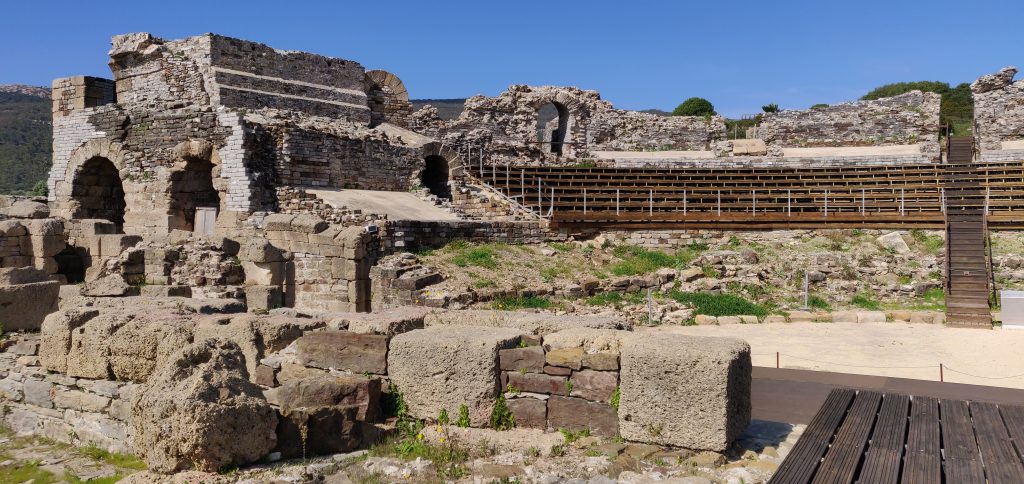
Excavations have revealed the most comprehensive remains of a Roman town in the whole of the Iberian Peninsula, with extremely interesting monuments such as the basilica, theatre, market, and the temple of Isis. The spectacular setting in El Estrecho Natural Park allows one on a clear day to to see the coast of Morocco.
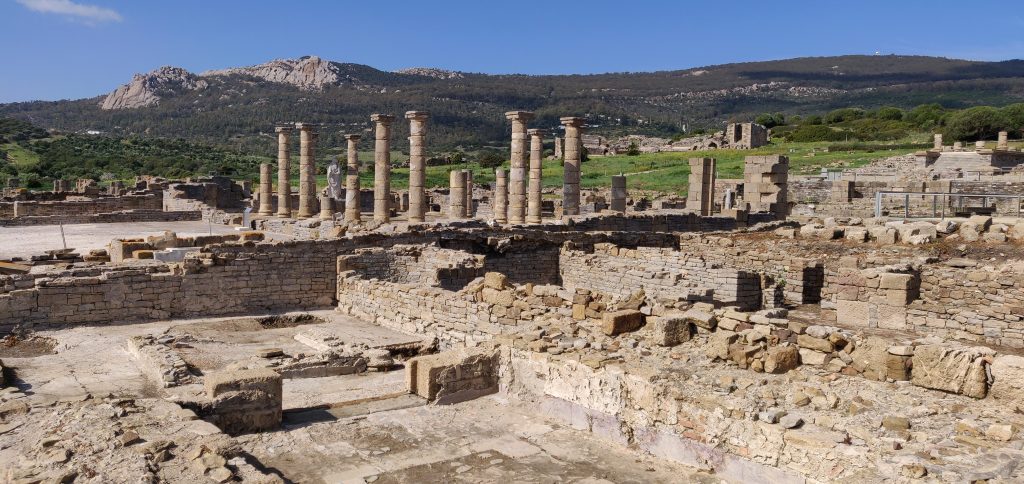
The water supply of the city was carried out by means of four aqueducts.
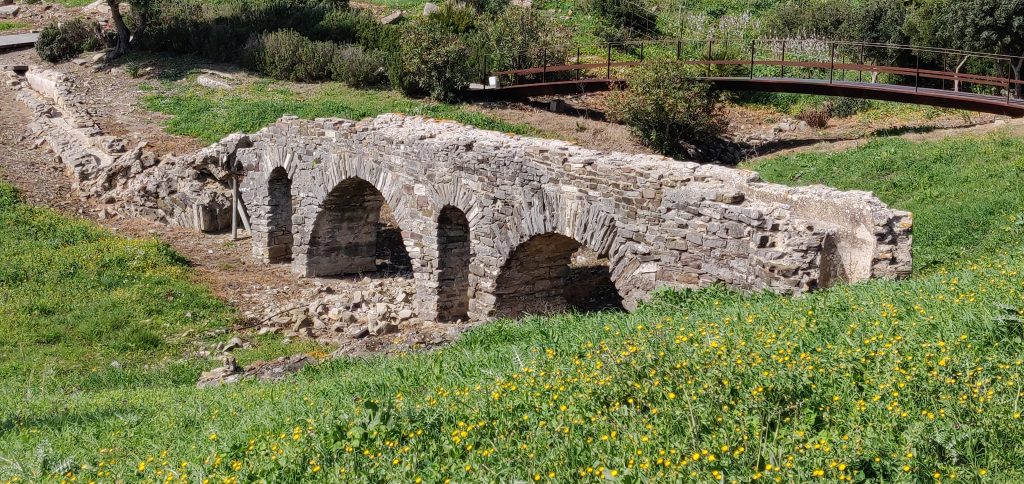
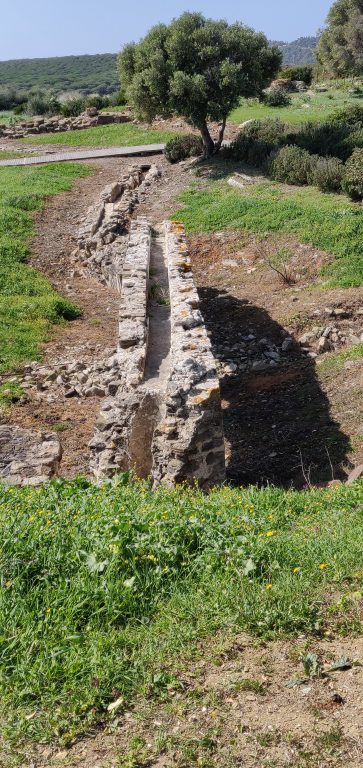
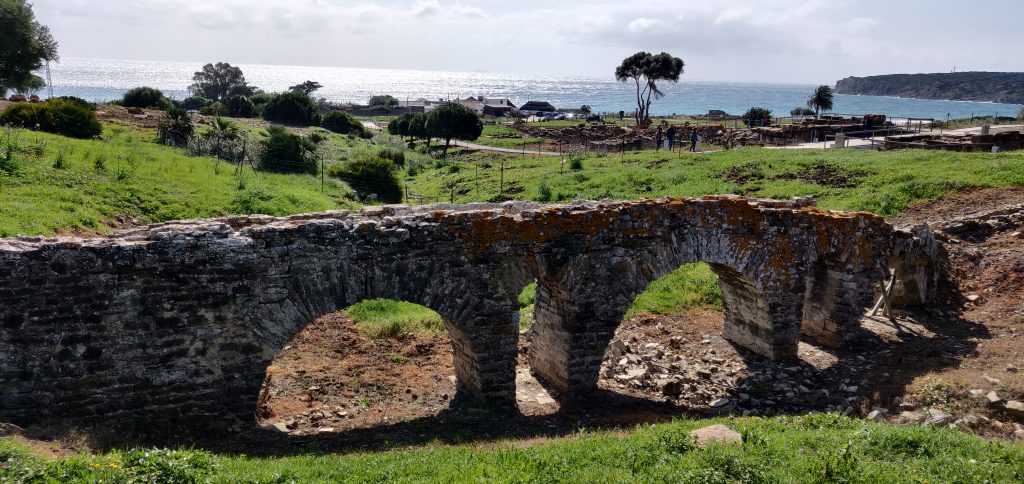
The industrial area can also be seen with remains of the garum manufacturing facilities, streets, aqueducts, remnants of the sewerage system, etc. In no other Roman site of the Iberian Peninsula is it possible to extract after the visit such a complete vision of Roman urbanism as in Baelo Claudia. In this lies its main interest, highlighted also by the spectacular landscape that surrounds the city.
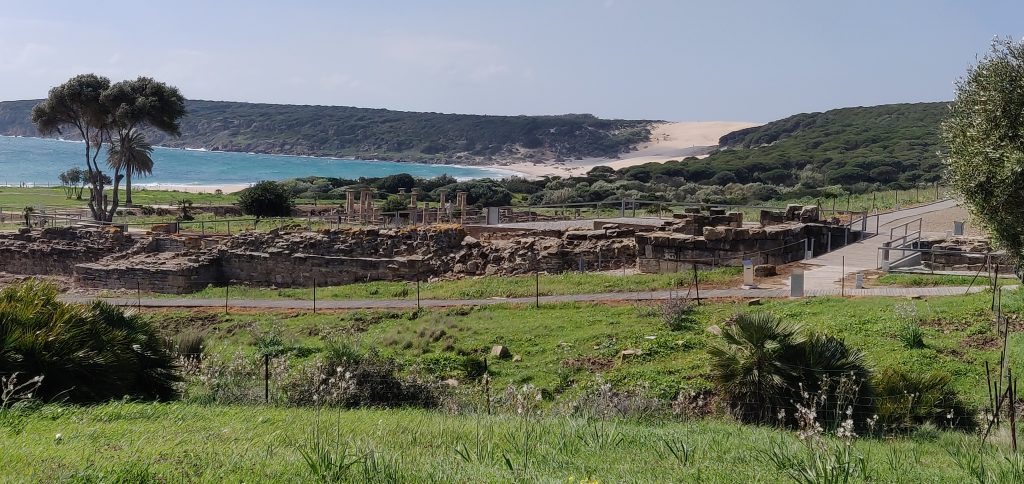
The Romans certainly knew how to pick a stunning location for their towns.
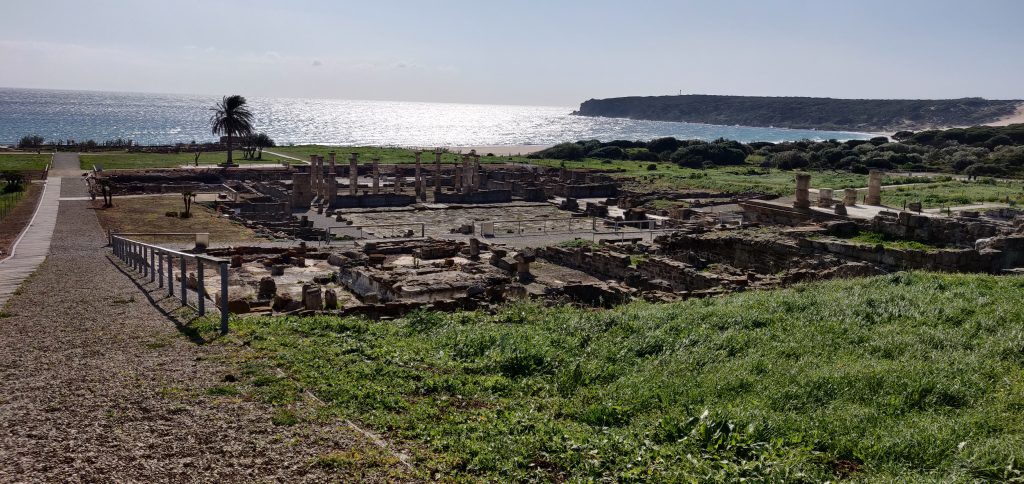
It was a full-on day (and another day from beautiful sunny weather) as the restaurant laid on one of its communal nights – A Magical Arabic evening with Belly Dancing. We thought it a little expensive at 25 Euros per person (not including drinks) but the drinks only added a further 16 Euros and I’m sure the belly dancer required some remuneration. Ahmed, the life and soul of the restaurant operation is from Morocco, speaks about 6 different languages (fluently) and roped his wife into cooking the Moroccan food. I wasn’t keen on the desert but the rest of the meal and the entertainment was excellent.
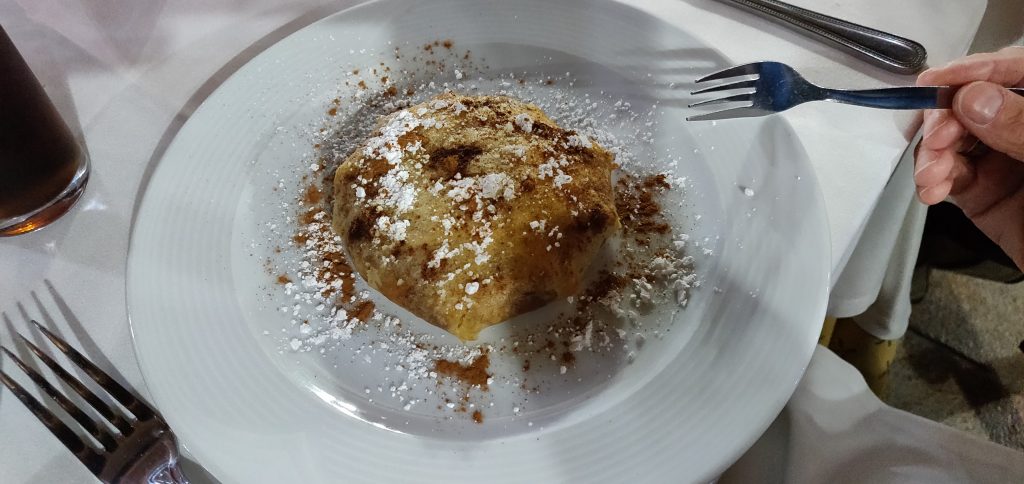
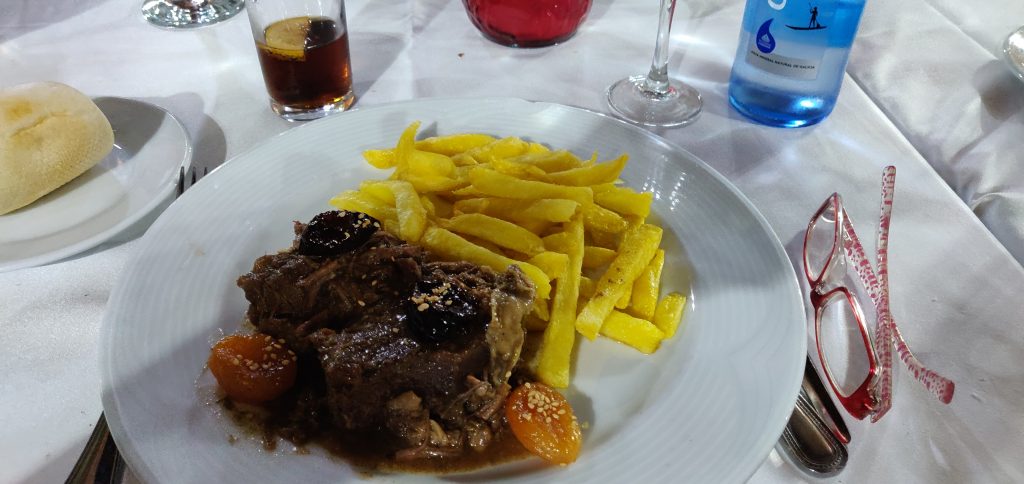
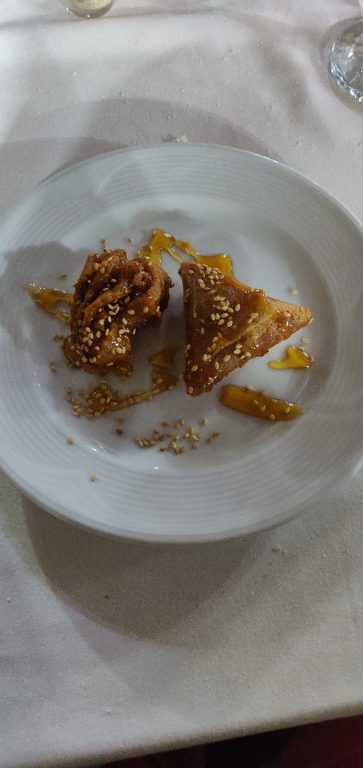
I asked Ahmed if the Belly Dancer was also from Morocco to which he smiled and replied “of course not”!
